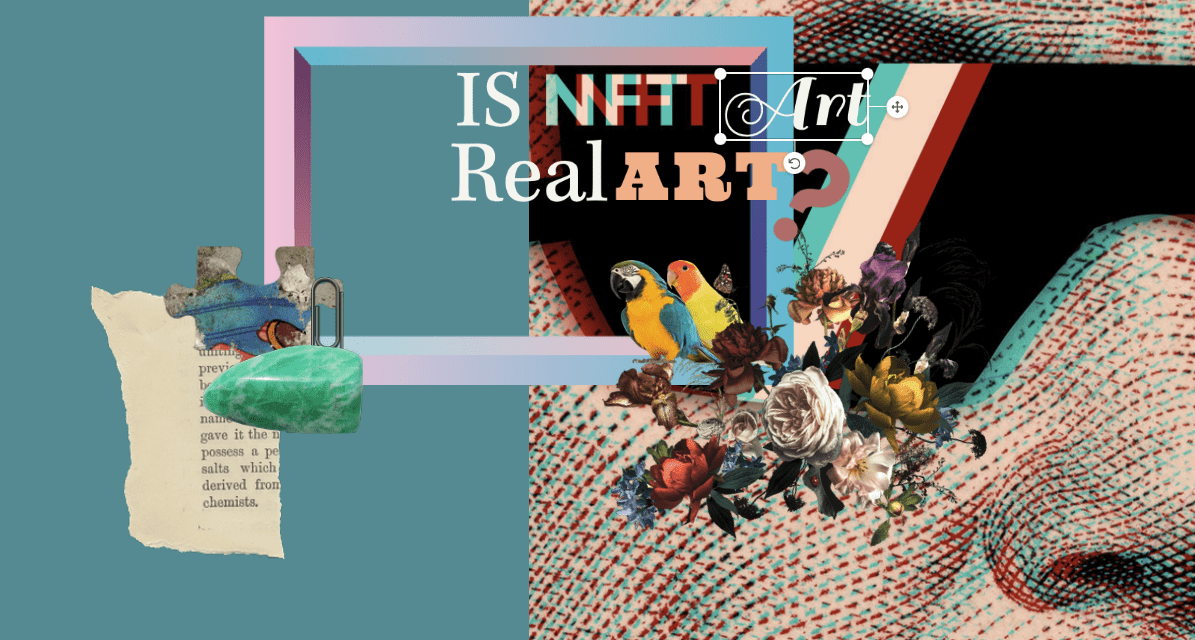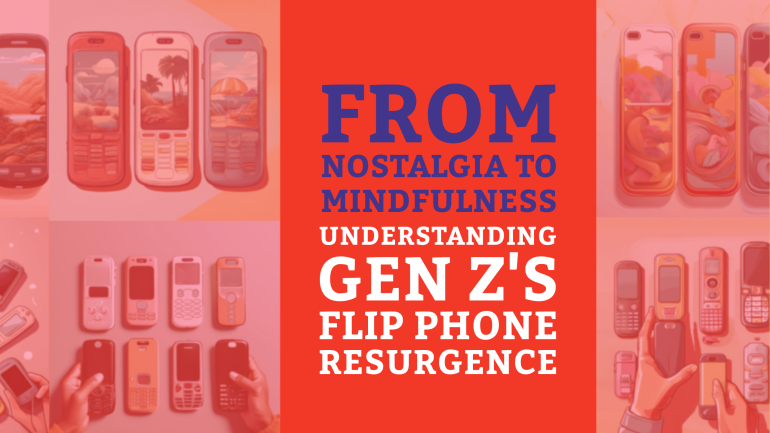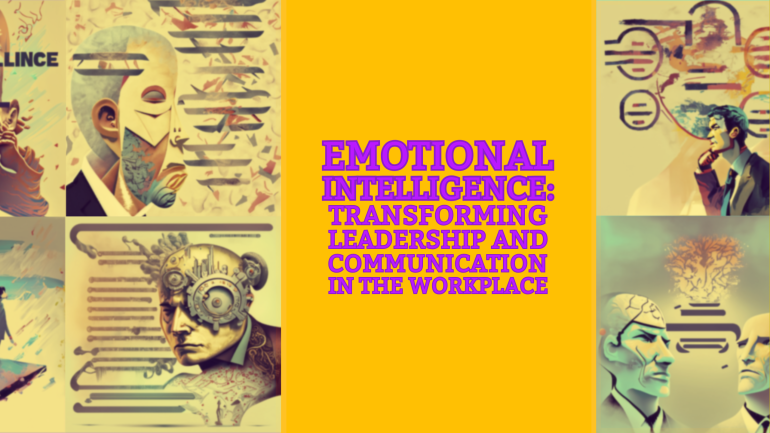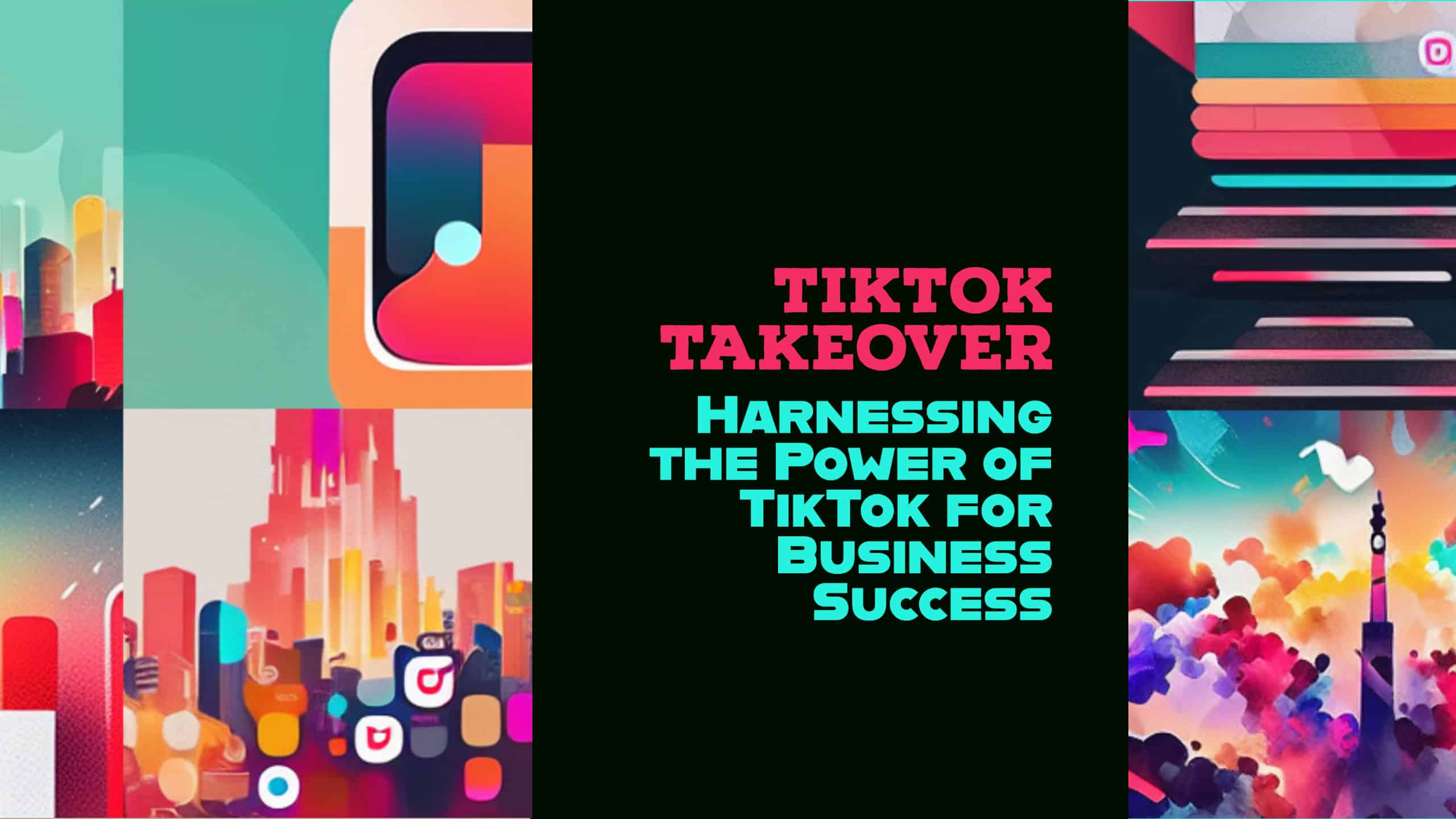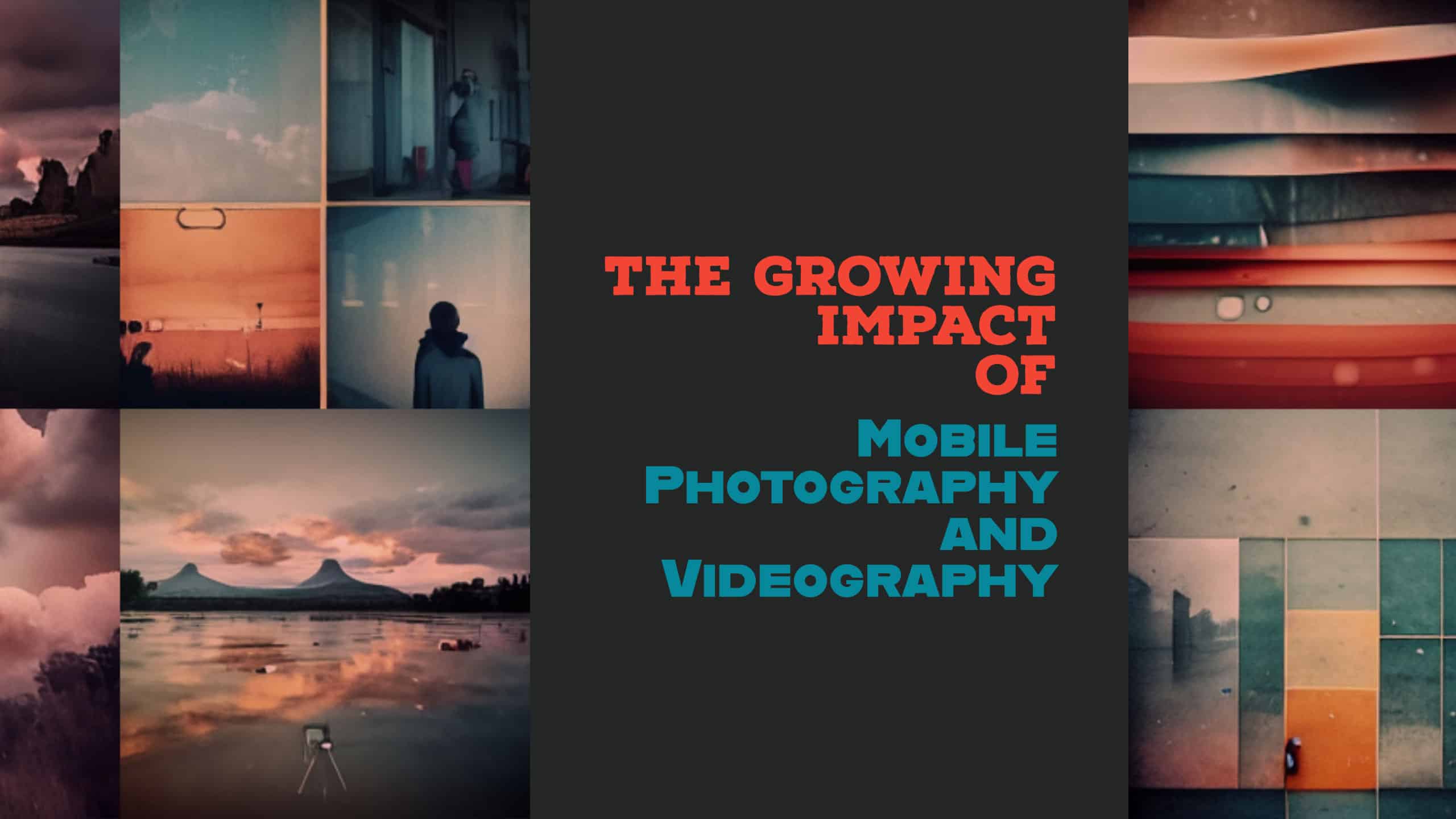Table of Contents
You may also interested:
Many of those outside of the web3 community have been taken aback by the exponential popularity of NFT artwork. Some of them have positively commented that NFT is the new wave of art ownership and investment. Others have had negative undertones, suggesting that NFT art (also known as crypto art) is only bought by people who have too much money or want bragging rights. Yet others have commented that NFT art is not real art. This latter group has made their judgements based on the simplicity of NFT artwork compared to the artwork of great art masters such as Vincent van Gogh and Pablo Picasso.
The TLDR answer to this question is: yes and no. NFT art can be considered real art in certain circumstances, and not real art in other instances.
When can we consider it to be not real art
NFT art can indeed be thought of as not “real” art if we see it from certain perspectives.
Some NFT art collections are created algorithmically
Algorithmic creation of artworks began with the early NFT projects such as Cryptopunks. The creators of Cryptopunks, Larva Labs (Matt Hall and John Watkinson) began Cryptopunks as a mere social experiment to study supply and demand. They created faces, hairstyles and accessories, and mixed and matched them around. The result was some artworks which are scarcer and other artworks which were more abundant. The scarcest items turned out to be Cryptopunks which had alien-like features and had light-blue skin. Today, many other art collections have followed this formula. Many of them create a “base” which most often is a face and then build that base up with skin colour, accessories, hair and backgrounds. For example, the collection Cyber Trans Punk, which was first publicly minted on OpenSea on 19 March 2022, differentiates all the items in their collection according to:
- What accessories the character is equipped with
- Whether the background is static or moving
- The colour of the eyes
- The type of face gear
- The colour of the hair
- The design of the pants
- The design of the shirt
- The tattoos on the character

What makes NFT artworks more difficult to accept as real art is the fact that many NFT creators use NFT art generators to generate the items in their collections. They will essentially create all the items mentioned above separately, and then run them through an NFT art generator to generate hundreds, if not thousands, of permutations based on their designs. To many, this process does not possess neither the creative thoughts nor the effort (think “tortured artist”) that is expected of an artwork.
Some NFT artworks are actually better classified as collectibles rather than artworks
Many NFT collectors do not purchase NFTs because of their attraction to the artwork. They, rather, purchase the NFTs for investment purposes (to sell at a later date for a profit), for commercialization purposes (to capitalise on the licensing rights of the NFT) or just to be a part of that community. Cryptopunk item # 5240 was sold on 10 June 2022 for 95 ETH (USD 93,969.25). It has changed ownership many times since its first mint, and this price will definitely not be its last price. Collectors will tend to choose NFT items not for their aesthetic qualities primarily, but rather, for its price or its rarity.

For this reason, many NFTs seem closer to collectible trading cards, such as baseball cards from the pre-web3 era, Magic the Gathering trading cards or Pokemon trading cards, rather than the artworks of great art masters or more contemporary digital artists such as Lucas Peinador or Karmen Loh (bearbrickjia).


When can we consider it to be real art
NFT art can also be thought of as an artwork if we see if from other perspectives
NFTs as a form of pop art
Remember that famous artwork of a can of Campbell soup? The one that has made its way onto wall plaques, T-shirts and tote bags? You may or not know that it was illustrated by Andy Warhol, one of the forerunners of pop art. Pop art, as an art movement, burst onto the art scene around the middle of the twentieth century. It sought to challenge to the perceived pretensions of fine art at the time by making common objects the subject of artworks.
NFT artworks similarly express current cultural conditions that are familiar to, yet concern the people of today. The collection Cyber Trans Punk, for example, is an expression of LGBT freedom today. Such an expression would have neither been possible nor feasible in days of yesteryear. Even today, though, there are conservatives who scream bloody murder when they encounter artworks that depict any thing other than a traditional heterosexual partnership.
In a related vein, the popularity of Bored Ape Yacht Club (BAYC) NFTs has led to the entire collection in itself becoming an item of popular culture, and its NFT items an example of pop art. BAYC items have been used as profile pictures (giving rise to the term PFP NFTs), especially on Twitter, which allows a verification of ownership of that NFT through OpenSea. Most recently, Tag Heuer has released a set of Connected Caliber E4 smartwatches that allow NFT owners to display their chosen NFTs on their watch faces, verifiable through MetaMask.
The market for NFTs is leaning towards higher quality art
While algorithmic artworks such as CvyptoPunks and Bored Ape Yacht Club have achieved success in the early days of NFTs, the market is sharing less and less demand for algorithmic artworks. The trend these days is towards more creative, aesthetic and hand-drawn artworks. The NFT project Sneaker Heads Off (https://sneakerheads.xyz) , for example, boasts 5000 hand-drawn pieces of human faces hybridized with sneakers by illustrator Ali Dawood. Ali hand sketches each item before using a 3D rendering software to illustrate them. Ali’s expertise in 3D rendering and industrial design is apparent in all his artworks.




Similarly, The Underground Sistine Chapel, which was publicly minted on 23 May 2022, and already has a volume traded of 922 ETH, features the 400 characters in the Last Judgement fresco. The artwork was done by hand in a former gold foundry near Paris, France.

There are many other NFTprojects that feature higher quality artwork, such as Shades of Blue II and paintings of Singapore, Bali and China by Ong Kim Seng.
So what do you think? Is NFT art real art? Whatever your opinion might be, NFTs are here to stay, whether as artworks, music, photographs, virtual land or any other digital good that can be bought and sold. This buying and selling is no longer limited to cryptocurrency. Many platforms such as Mastercard and Sandmilk are allowing NFTs to be purchased using any national currency (known as “fiat” in web3 language).

